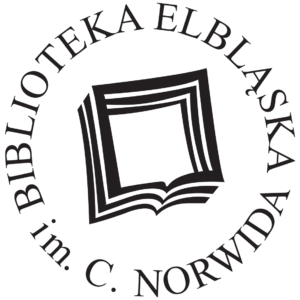Nature in the Elbląg calendars
Calendars, one of the most popular types of prints in the early modern period, attest to people’s need to study the mysteries of the night sky and to measure, verify, and keep time. Many were printed in the main publishing centres of Prussia, in Gdańsk and Königsberg, but some were also produced in the smaller printing houses of Elbląg, for example, that of Achacy Corell (17th century) or Paul Pater (18th century). A typical calendar consisted of the title page, which was often elaborately decorated, an introduction explaining the symbols used in the tables, and the prognostic part. The latter contained meteorological forecasts for four seasons, as well as predictions of political and social events and scientific trivia. Calendar prints often spread the opinion that there was a connexion between the movements of celestial bodies and astronomical phenomena and the lives of people and nature. For example, solar and lunar eclipses were believed not only to cause fear of living creatures, but also to reinforce bad character traits in people and drive them to moral ruin.
Illustrations:
The title page of one of the oldest calendars printed in Elbląg. The view of Koenigsberg adorns the page because the print was intended for the book market in that city, but it was certainly sold in Elbląg as well.
The introduction explains the symbols, for example, for the phases of the moon, planets and signs of the zodiac. The time calculations in the print were made with Königsberg users in mind. If someone wanted to use them in another city, he had to add or subtract minutes according to the values given at the bottom of the page (for Elbląg, one had to add 5 minutes).
The page with a table with calendars according to the old and the new style (introduced by the reform in 1582). The third and fourth columns give the times of sunrises and sunsets, and in the fifth you can find information about the sign of the zodiac and advice for the day.

